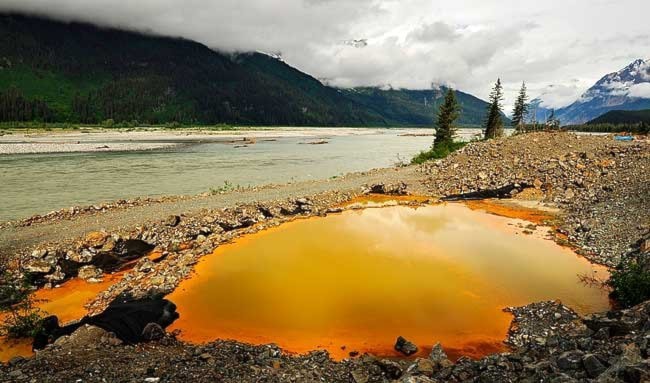The B.C. government is proceeding with cleanup assessment of an abandoned gold mine project on the Taku River system, as it puts in place a joint oversight system with Alaska to clear the way for future B.C. mine developments.
B.C. Energy and Mines Minister Bill Bennett said the B.C. government is taking over the cleanup after the latest owner of the Tulsequah Chief project, 100 km south of Atlin, went bankrupt like its predecessor.
The old exploration project affects one of the rivers flowing from B.C. into Alaska waters, the Taku, Unuk, Alsek and Stikine. B.C.'s Red Chris mine is the only operating mine in the region, on the Stikine system, and two other large properties, Brucejack and KSM Mine, are in the Unuk River watershed.
Toronto-based was pushed into receivership in September with a $27 million debt. It took over from Redfern Resources, which collapsed in the 2009 financial crisis, on a mineral deposit originally explored by Cominco in the 1950s.
Bennett toured the Tulsequah Chief site in 2015 with Alaska Lt. Governor Byron Mallott. Chieftain Metals built a water treatment plant and was doing assessment of acid and heavy metal pollution from its entrance tunnel to the Tulsequah River when it halted operations.
"The company had committed to ecosystem risk management study, but they've gone broke so we're doing it ourselves," Bennett said. "We're going to pay for it ourselves and we're in the last stages of hiring a contractor to do that work for the two ministries."
The with Alaska and B.C. representatives will first gather baseline data on water conditions in the shared river systems.
Bennett credited Mallott's work with Alaska tribes and commercial fishing organizations to represent them in negotiations with B.C. Their protests to Alaska government officials surged after the Mount Polley mine tailings pond failure in B.C. as new mines were proposed for areas affecting Alaska.



